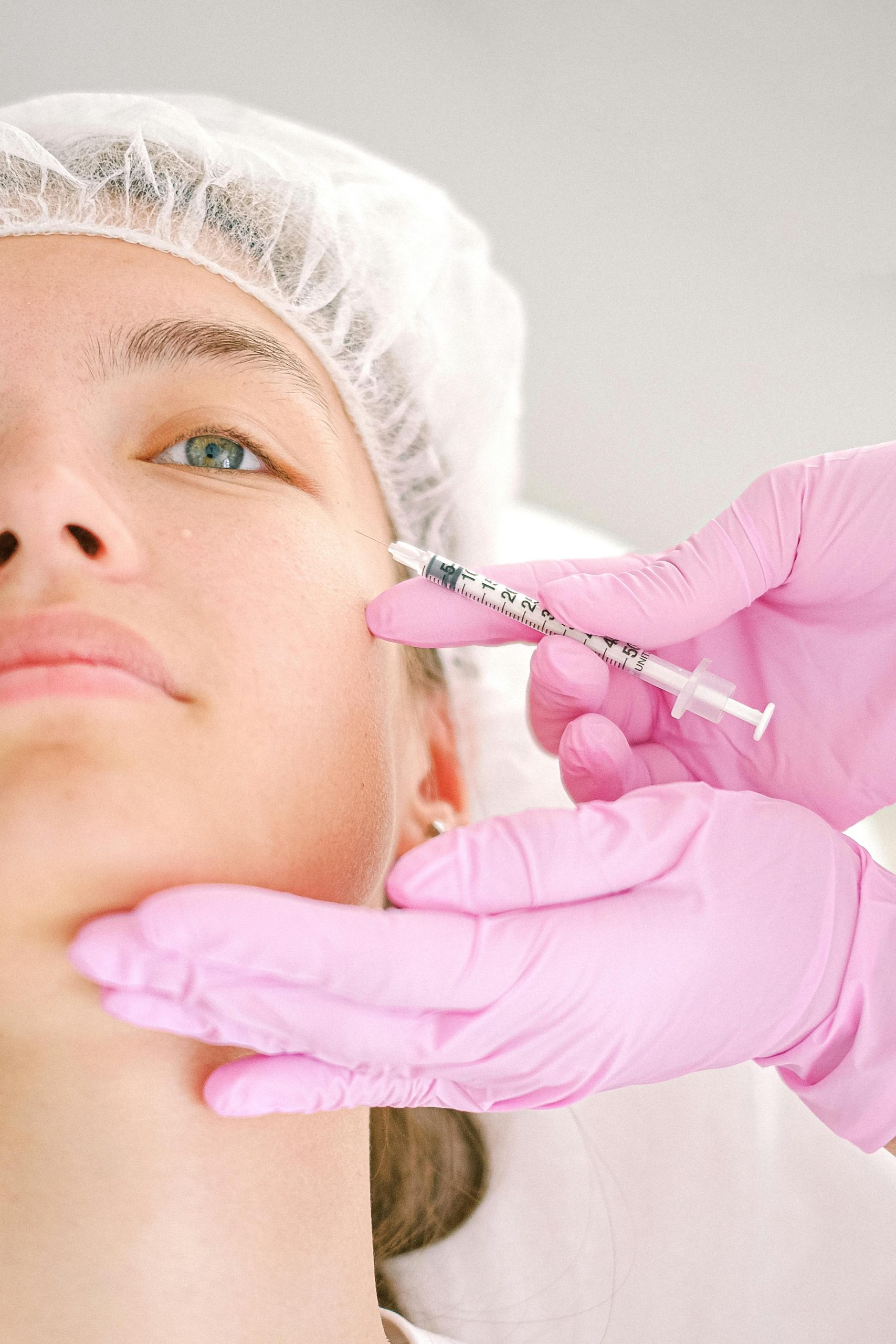Tear trough fillers offer a nonsurgical solution to restore volume beneath the eyes, reducing dark hollows and tired shadows. Understanding how they work, their benefits, risks, and costs helps you make an informed choice. This treatment suits those seeking subtle, temporary rejuvenation but requires careful evaluation of skin type and professional expertise to ensure safe, natural results.
Core facts about tear trough fillers and treatment options
After reviewing the available procedures, Treatments for Tear Trough most often refer to dermal filler injections using hyaluronic acid—the preferred choice for restoring under-eye volume and reducing shadows caused by hollowness. This gel-like substance is expertly injected beneath the lower eyelid, precisely targeting the area where age, genetics, or lifestyle have created visible depressions. Results are usually apparent immediately after the procedure, although the full effect settles in about one to two weeks.
Have you seen this : Exploring the Impact of Forest Bathing on Stress Reduction: Unlocking Nature”s Calming Power
Ideal candidates have mild to moderate under-eye hollowing, thick skin, and realistic expectations. Those with significant under-eye bags, excessive skin laxity, or certain medical conditions may require alternative solutions. For individuals not suitable for filler, options like surgery or non-invasive treatments may be discussed during the consultation.
The effects of most hyaluronic acid fillers last about 9 to 12 months, gradually diminishing as the body absorbs the product. Maintenance involves periodic touch-ups. Serious risks are rare but can include swelling, bruising, lumps, or, in extremely rare instances, vision complications—hence the importance of only choosing experienced, medically qualified injectors for this delicate procedure.
Additional reading : Find the right london jungian analyst
What to expect during and after the tear trough filler procedure
Precision is key: the consultation process involves a thorough skin assessment, ensuring the best non-surgical under eye correction for each case. Your practitioner will evaluate your under eye area, discuss your goals, review your medical history, and recommend the accurate amount and type of hyaluronic acid filler. This stage helps determine your eligibility for tear trough fillers and sets realistic expectations about tear trough filler results and safety.
During the actual procedure, topical anesthesia or ice numbs the under eye. An expert uses either a fine needle or cannula for precise injection—advanced tear trough filler injection techniques reduce the risk of bruising and improve patient comfort. The injection takes only minutes, and patients commonly experience minimal pain, quick placement, and instant volume boost after the filler is injected.
Immediately post-treatment, swelling or mild bruising often occurs—this is a standard part of the tear trough filler results timeline. Most swelling subsides in two to three days. Visible improvements in the under-eye hollows can appear instantly, while the final look refines over 7–14 days. For best results, follow aftercare recommendations: avoid vigorous exercise, keep your head elevated, and use ice packs if needed. Before and after under eye filler photos typically show a fresher, more rested appearance.
Risks, Side Effects, and Management After Tear Trough Filler Treatment
Common side effects of under eye filler occur quickly after the procedure. Swelling often appears first—sometimes within hours—and may peak within 24 to 48 hours before subsiding over three to seven days. Bruising is also common, especially for those prone to fragile capillaries. Redness and mild discomfort following tear trough filler are to be expected, often resolving without intervention. To manage these issues, patients are advised to apply ice, sleep with their head elevated, and avoid vigorous activities for at least 48 hours. Gentle massage may help with minor lumps, but always consult your provider before attempting this.
Tear trough filler risks and complications can be rare, but are important to recognize. Vascular events, such as accidental injection into a blood vessel, can cause skin discoloration or, in extreme cases, vision changes. If you notice severe pain, persistent swelling, blanching of the skin, or sudden vision disturbance, seek medical help immediately. Granulomas or long-lasting lumps occasionally develop and may need specific medical interventions.
Strict adherence to the best aftercare for under eye fillers supports recovery and minimises problems. Follow instructions for aftercare: avoid makeup, alcohol, or NSAIDs soon after your appointment. Early identification and correction of filler lumps under eyes or migration—plus prompt communication with your practitioner—are critical for resolving any complication. Regular follow-up ensures optimal outcomes and, when needed, timely corrective treatments.
Cost, Provider Selection, and Long-Term Planning for Tear Trough Fillers
The typical tear trough filler cost range is highly variable. Most clinics charge per syringe, with costs in the UK starting around £400 and potentially exceeding £1,500 per session. Key price factors for under eye fillers include the amount of product required, the expertise of the practitioner, and the geographic location of the clinic. Urban centers, especially London, often have higher prices. Multiple syringes may sometimes be needed based on individual anatomy and volume loss.
When seeking tear trough filler treatments near me, it is essential to prioritize practitioner credentials over convenience. Choosing a tear trough filler specialist involves selecting a provider with board certification, deep anatomical understanding of the under eye region, and substantial experience in dermal fillers for under eye area. Reviewing patient outcomes and ensuring rigorous safety protocols during dermal filler consultation for tear trough can prevent most adverse effects and improve natural looking under eye filler results.
In terms of maintenance, tear trough filler longevity usually spans nine to twelve months, though metabolism and lifestyle can shorten or extend this. Discussing under eye filler touch-up frequency in advance sets realistic expectations: many require re-treatment once a year, sometimes more frequently to maintain optimal results and a refreshed appearance.











